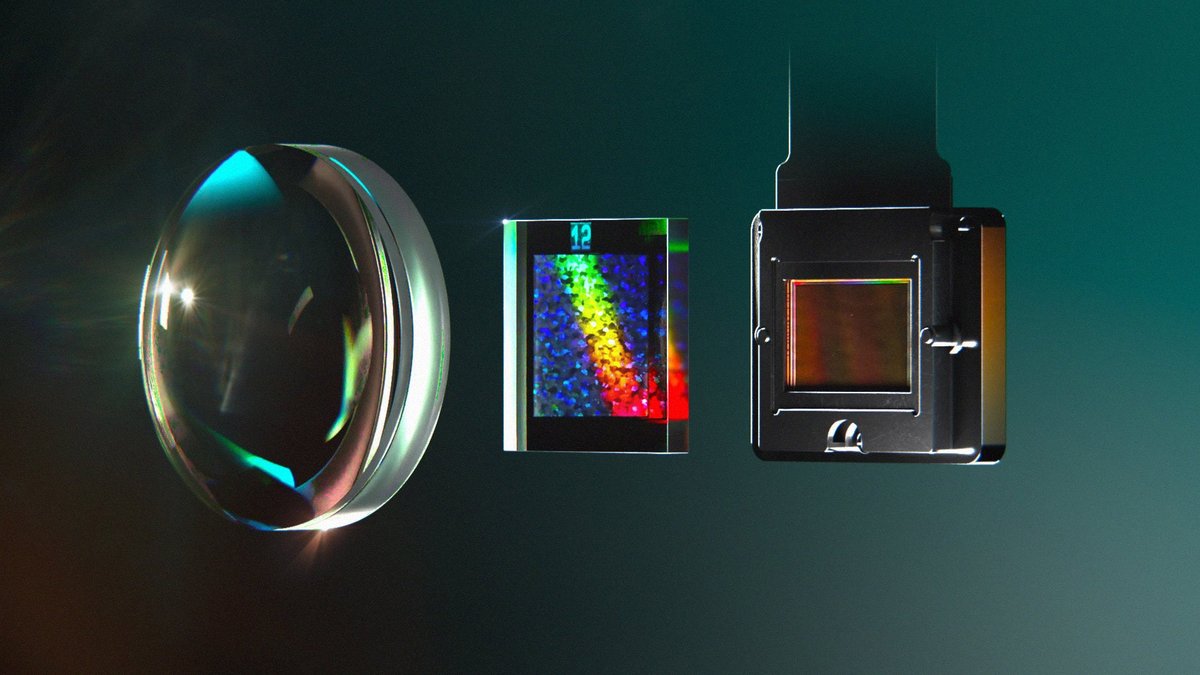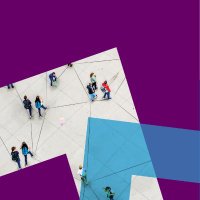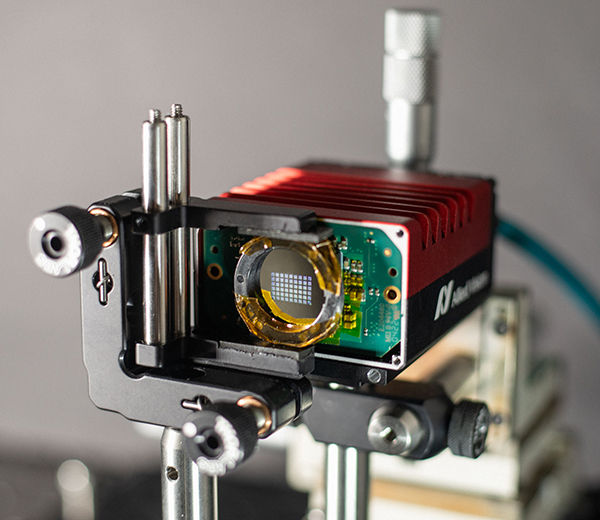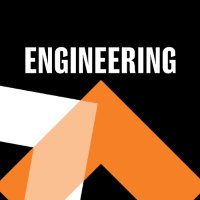
Felix Heide
@_felixheide_
Princeton Computational Imaging Lab: light.princeton.edu
Head of AI at Torc Robotics: torc.ai
ID: 1293799790451527681
https://www.cs.princeton.edu/~fheide/ 13-08-2020 06:41:33
72 Tweet
1,1K Followers
59 Following

New Meta R&D Reveals Shortcut to Ultra-wide Retina Resolution Holographic Displays for XR Headsets Read the report 👉 roadtovr.com/meta-reality-l… Nathan Matsuda Felix Heide Ethan Tseng


Researchers at Princeton Engineering have created a tiny optical device that makes holographic images larger and clearer. Small enough to fit on a pair of eyeglasses, the device could enable a new kind of immersive #VR display. bit.ly/4blIs9L












Using algorithms to sense and understand the world is the focus of Felix Heide's work. Now, he has created a new kind of camera — one that has optical elements that function as a neural network and can identify images at the speed of light. 📸 bit.ly/3DkktfJ


.Felix Heide uses algorithms to make sense of the world. He has built a new kind of camera that uses optical elements as a neural network that identifies images at the speed of light. Learn more: engineering.princeton.edu/news/2025/02/2…

Scenario Dreamer has been accepted at #CVPR2025! Website: …ceton-computational-imaging.github.io/scenario-dream… We train a vectorized latent diffusion model to synthesize high-fidelity driving simulation environments (agents+map). Scenario Dreamer enables fully data-driven closed-loop generative simulation!

